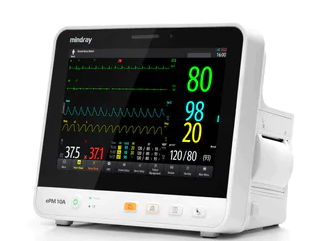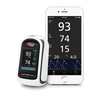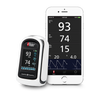In our previous post, we went into detail regarding the fire safety standards required by the National Fire Protection Association (NFPA), specifically with regard to hospitals and medical facilities. We noted that these guidelines apply to virtually all aspects of a healthcare facility, including things like sprinklers, fire alarms, fume hoods, and even the structure of the building itself.
It’s hard to deny that these protocols, when adhered to, are effective. Indeed, statistics reveal that, while hospital fires do happen, they result in virtually zero deaths within compliant hospitals.
Today, we want to look at the flipside: What happens in medical facilities that do not adhere to the NFPA guidelines? What are the potential risks of noncompliance? Understanding these dangers is important, as it provides greater context for recruiting a compliance-minded equipment supplier.
Case Study: Dental Sedation and Fire Safety
To illustrate just how widespread fire safety concerns can be, look no further than to the world of dentistry.
As one NFPA Journal article explains, most dental practices use advanced medical gas and vacuum systems. Among other things, these systems provide the sedation options that patients need for safe and comfortable procedures. Naturally, no patient wants to go to a dental practice that lacks these sedation options.
Older medical gas systems were actually major fire hazards. Even a single spark from nearby equipment, like a dental drill, could cause a flare-up. Today’s systems are usually designed to be non-flammable, but of course, careful fire code compliance is required to ensure these systems are properly installed with all necessary safety protocols in place.
But there are actually a number of issues that can still affect medical gas systems, including crossed gas lines that may leave patients with serious injury, even brain damage. The NFPA code actually provides safety protocols to address each of these concerns, making it essential for practices that truly want to minimize their risk of accident and injury.
Common Fire Compliance Issues in Medical Practices
Medical gas systems represent just one point of potential danger for dental, medical, and surgical practices, especially those that fall behind on NFPA compliance. Consider some of the other common code violations:
These are just a few seemingly minor ways in which hospitals, medical practices, dental practices, and long-term care facilities may fall short of the mark when it comes to fire safety and compliance. And yet, any one of these infractions could make the difference between life and death for a patient, visitor, or staff member. This is what makes it so important for health organizations to be meticulous in their approach to NFPA compliance. That includes partnering with vendors and suppliers who share that commitment to compliance.
A Team Approach to NFPA Compliance
Hospitals are huge, complex organizations. Even at smaller, private practices, there are countless moving pieces. All of this makes it difficult for any practice manager or hospital safety director to uphold perfect NFPA compliance at all times.
By partnering with equipment vendors who can help you put compliance first, you can more easily ensure the safety and well-being of your patients and personnel. HampMED is committed to safety and compliance in all that we do, and we take a team approach with all of our clients. In our next post, we’ll wrap up this topic by listing some further benefits of choosing the right supplier.





